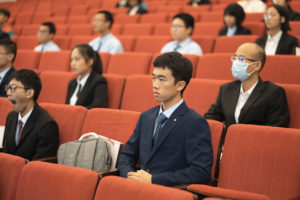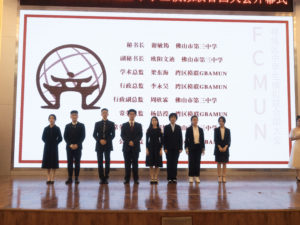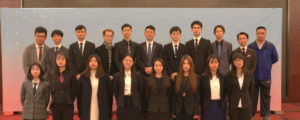
Introduction
The world is entering the last decade of the 20th century amidst drastic changes.
In the summer of 1991, the Warsaw Treaty Organization was disbanded sadly in Prague; just half a year later, the giant bear in the north, the Soviet Union, also fell apart. After half a century of long confrontation, the Cold War ended with the hammer and sickle red flag in the bell of Christmas. However, the unstable situation did not quietly leave with the breaking of the Iron Curtain. It is still wandering over Europe: after the disintegration of the bipolar structure, a new international structure and international order have yet to be established; after the disintegration of the Warsaw Pact and the Soviet Union, it is huge. The legacy of the Iron Curtain-the disposal of nuclear armaments and the aftermath has affected the nerves of the entire European continent and the world; after the fall of the Berlin Wall, the carnival German people declared that the convergence of Eastern and Western Europe will become a historical necessity. For a prospective Europe, its blueprint for defense, mutual trust, and cooperation mechanisms has fascinated many politicians.
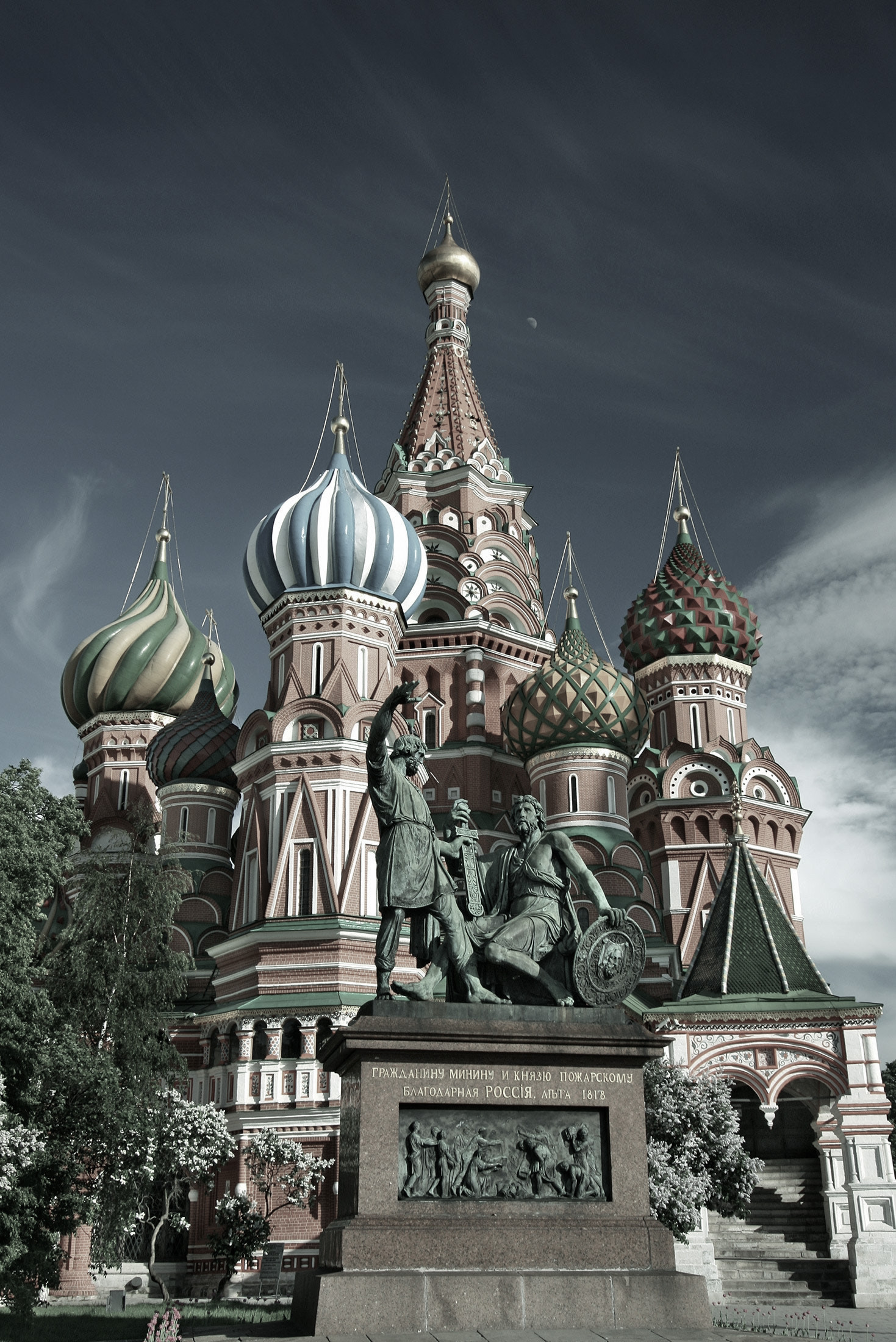
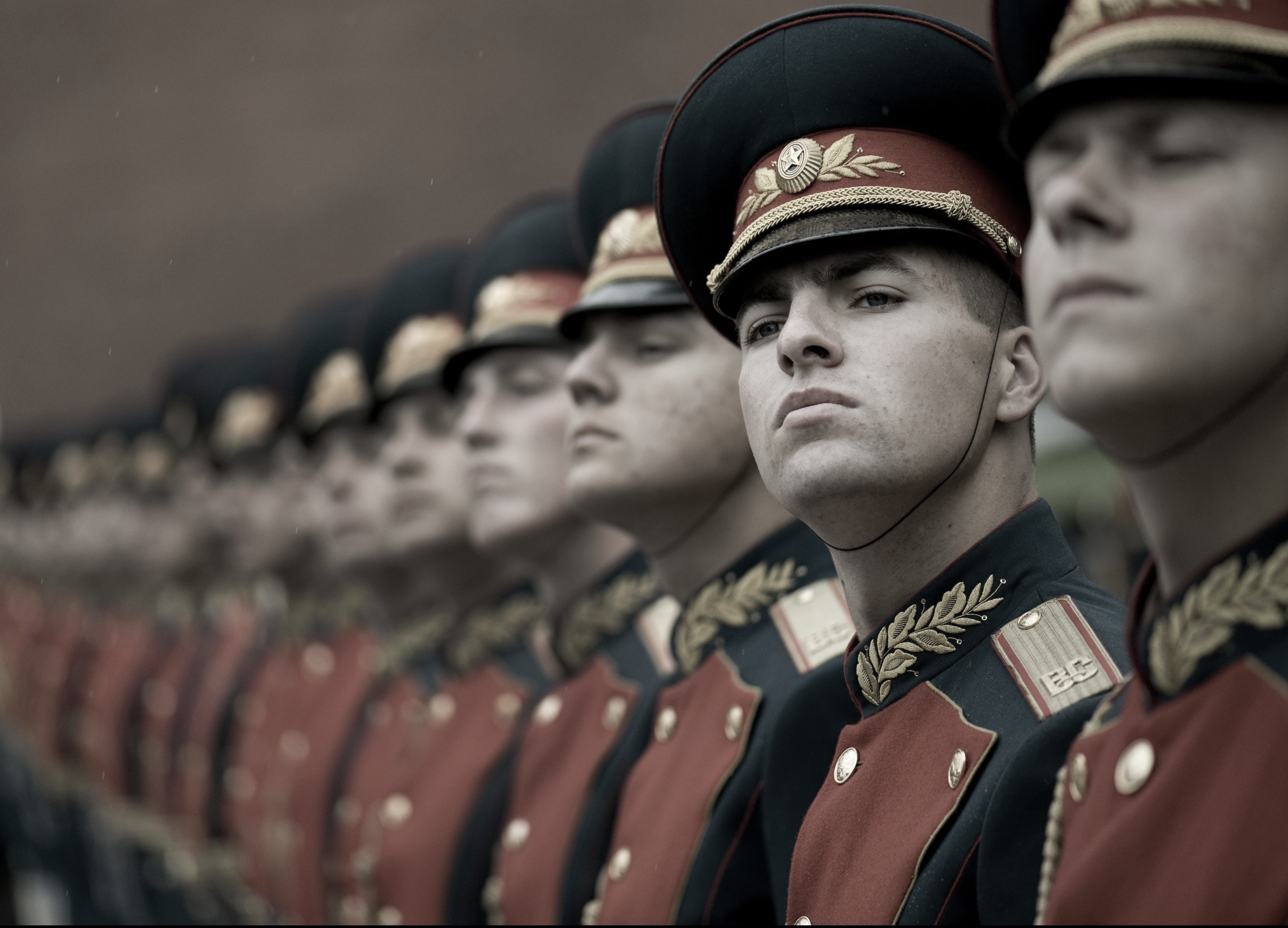
The new powers in Eastern Europe have to face the ensuing troubles before they have time to enjoy the joy. Difficult historical issues such as border demarcation, debt sharing, treaty survival, and asset division have left the original Warsaw Pact member states and the Soviet Union countries in confusion. They must properly handle the nuclear and conventional military forces within the CIS, especially with Russia, while maximizing national interests, and try to integrate into the wave of cooperation in Europe.
The Western camp is also at a crossroads. The collapse of the Iron Curtain has forced NATO to re-examine its own existence. NATO countries need to think about what posture and strategy they should adopt to face their past opponents, establish or respond to a new international situation, and stabilize the situation in Europe after turbulence.
Whether it was the compromise of the Ubaiha and the Eastern Europe, the intriguing contemplation between the United States and Russia, whether it was the determination of France, the prospect of Germany, the glorious isolation of Britain, the confusion of small Western European countries, in the spring of 1992, this Everything is so macro, real and colorful.
The world has opened a new chapter, and everything in the future is unknown. And at this important historical turning point, where will your consultations, games, and decisions lead the wheels of Europe?

Seat settings
There are a total of 8 cabinet delegations with 6 members and 28 cabinet-less delegations with 2 members. In addition, there are also multinational diplomatic representatives who only attend the CSCE. The cabinet delegation has a diplomatic team and a policy advice team, with a deputy head of government as the head of the cabinet; a cabinet-less delegation only has diplomatic representatives and defense representatives.
Conference on Security and Co-operation in Europe (CSCE)
Issue:
(1) European situation
(2) Conventional disarmament in Europe
(3) Measures to strengthen trust and safety
Seat System: 48, single representative system
Rules of Procedure: General Rules of Procedure for Model United Nations Meetings

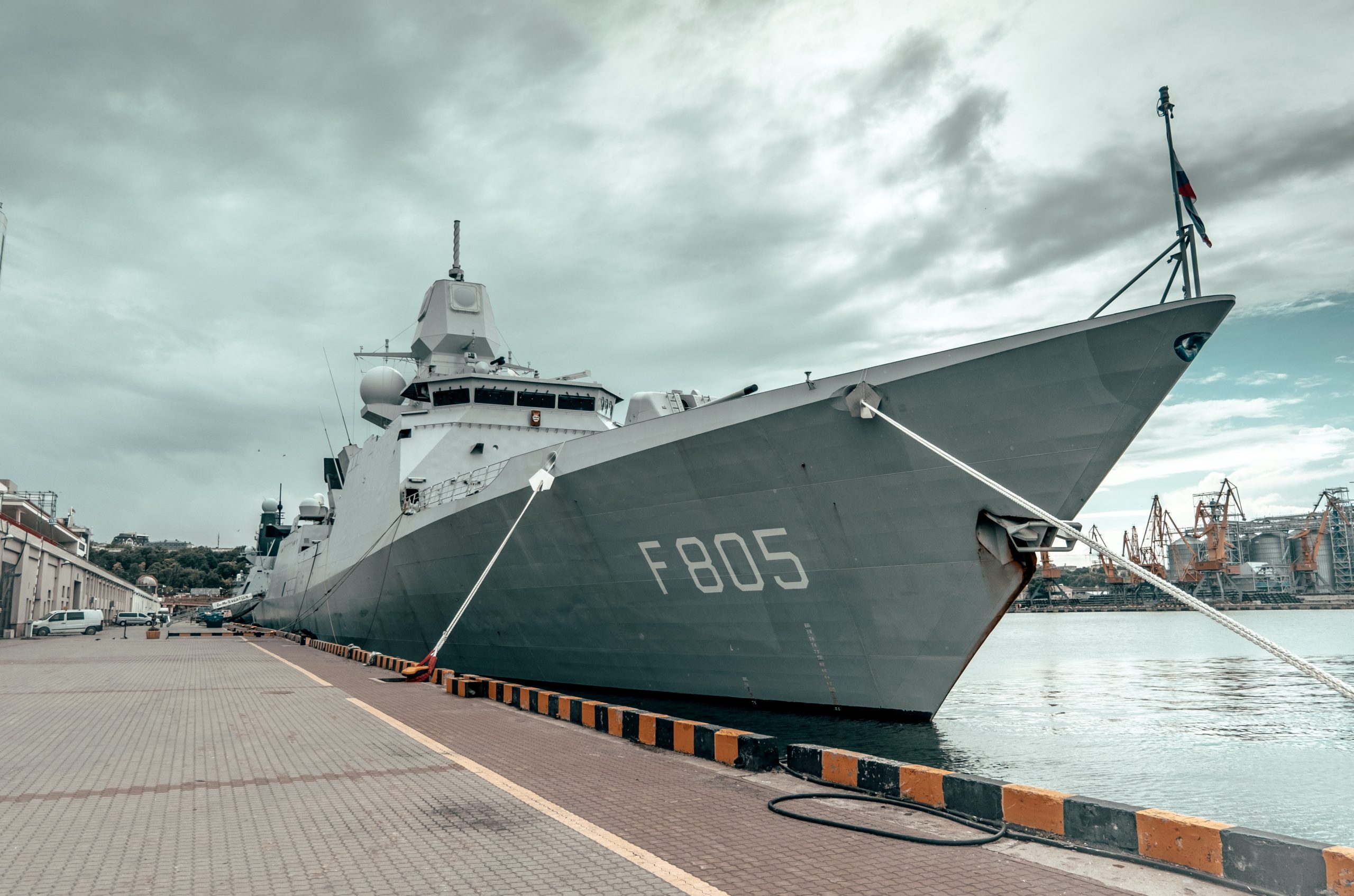
North Atlantic Cooperation Council (NACC)
Issue:
(1) Control of the nuclear arsenals of the former Warsaw Pact countries and nuclear non-proliferation
(2) Conventional disarmament in Europe
(3) Defense cooperation
Seat System: 36, single representative system
Rules of Procedure: General Rules of Procedure for Model United Nations Meetings

